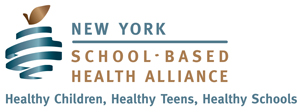An increase in school refusal following campus closures stands to reason, since experts say the problem can be triggered by absences, illnesses, or major transitions like starting a new school. COVID rates continue to be high in New York City, leading to prolonged periods away from school for ill students as well as students exposed to the virus by classmates (though quarantine rules have been relaxed in recent months). And remote learning led to a longer-than-normal feeling of transition for students who enrolled in new schools but spent limited amounts of time there.
Students refusing to attend school can drain and frustrate educators and parents alike. Without any official city guidance on how to approach refusal, the response from school administrators ranges from deep partnership with families to little or no involvement. Parents, meanwhile, can find the problem emotionally and financially taxing, interfering with their work and leading to expensive therapy bills.
